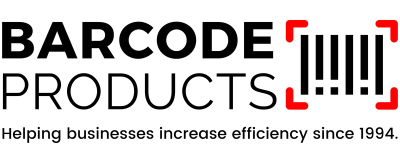History of Barcodes
 Did you ever wonder how barcodes all began? Well, back in the day, grocers needed something to monitor items and sell them fast and accurately. One day in 1948, a post-graduate student named Bernard Silver overheard the president of a food chain begging one of the deans at the Drexel Institute of Technology in Philadelphia to research an automated checkout, where product information was captured automatically. The dean declined, but Silver mentioned the conversation to his mate, Norman Woodland (pictured on the right), who was at that time a postgraduate student at Drexel.
Did you ever wonder how barcodes all began? Well, back in the day, grocers needed something to monitor items and sell them fast and accurately. One day in 1948, a post-graduate student named Bernard Silver overheard the president of a food chain begging one of the deans at the Drexel Institute of Technology in Philadelphia to research an automated checkout, where product information was captured automatically. The dean declined, but Silver mentioned the conversation to his mate, Norman Woodland (pictured on the right), who was at that time a postgraduate student at Drexel.
Woodland became obsessed with finding a solution. At first, he used ink patterns that would glow under ultraviolet light, and he and Silver consequently built apparatus to test this. Although it worked, ink instability and printing costs prevented it from being a practical solution. Determined to succeed, Woodland resigned from his post in Drexel and moved to his grandfather's Florida flat to focus on finding a solution. Several months later, he came up with an idea of using the linear codes that, at the time, were used on film reels to produce sound.
Woodland recollected, "I just extended the dots and dashes downwards and made narrow lines and wide lines out of them." Lee de Forest's movie sound system in the1920s was the technology he used to read the data. De Forest had printed a pattern of varying degrees of transparency on the edge of the film and a light was shone through it while the picture was running. On the other side, a sensitive tube decoded the changes in brightness into electric waveforms that were converted by loudspeakers into sound. Woodland adapted the system by showing light from the wide and narrow lines and utilising a similar tube to translate the results.
Commercially, the barcode was first used in 1966, but it was realised soon afterward that some sort of industry standard was needed. In 1970 Logicon Inc. wrote the Universal Grocery Products Identification Code or UGPIC. Later the UGPIC became the familiar (for Americans) UPC number. The first company to produce barcode equipment for retail use was the American company Monarch Marking in 1970; while British firm Plessey Telecommunications was first for industrial purposes.

In June 1974, the first UPC scanner was installed at a Marsh's supermarket in Ohio. What was the first product scanned?
It was actually a packet of Wrigley's Juicy Fruit Gum. Norman Woodland received the National Medal of Technology from President Bush in 1992, because of his work inventing the barcode
